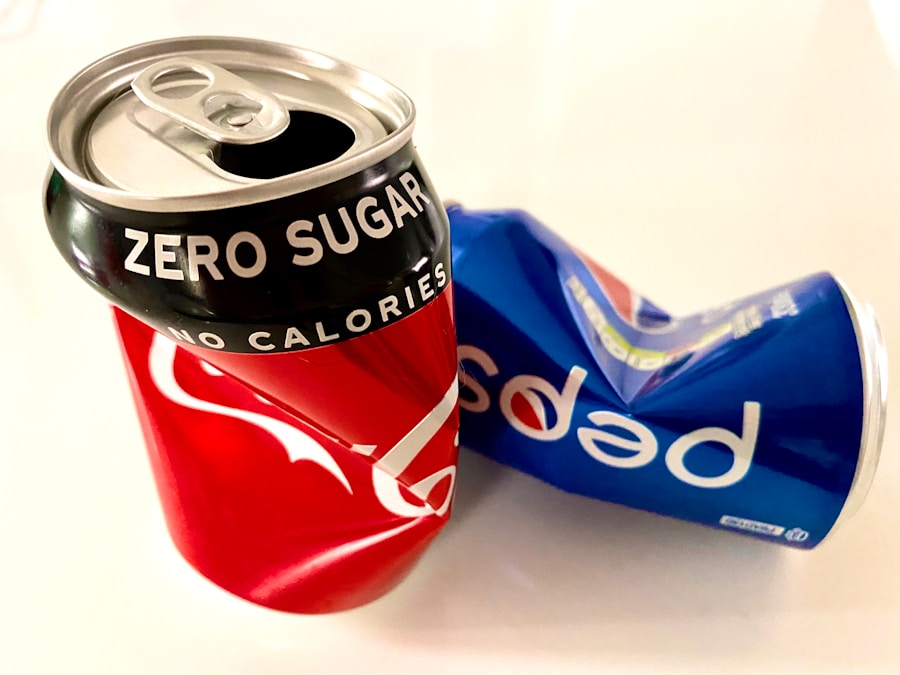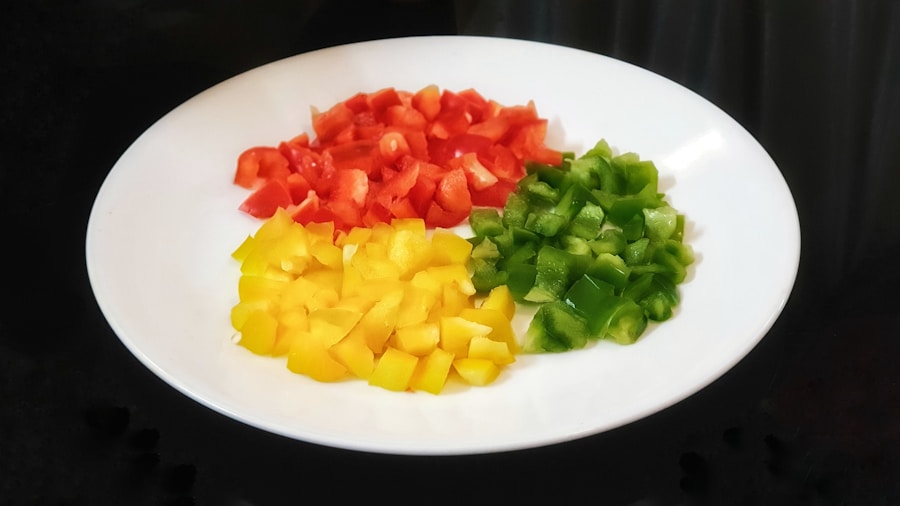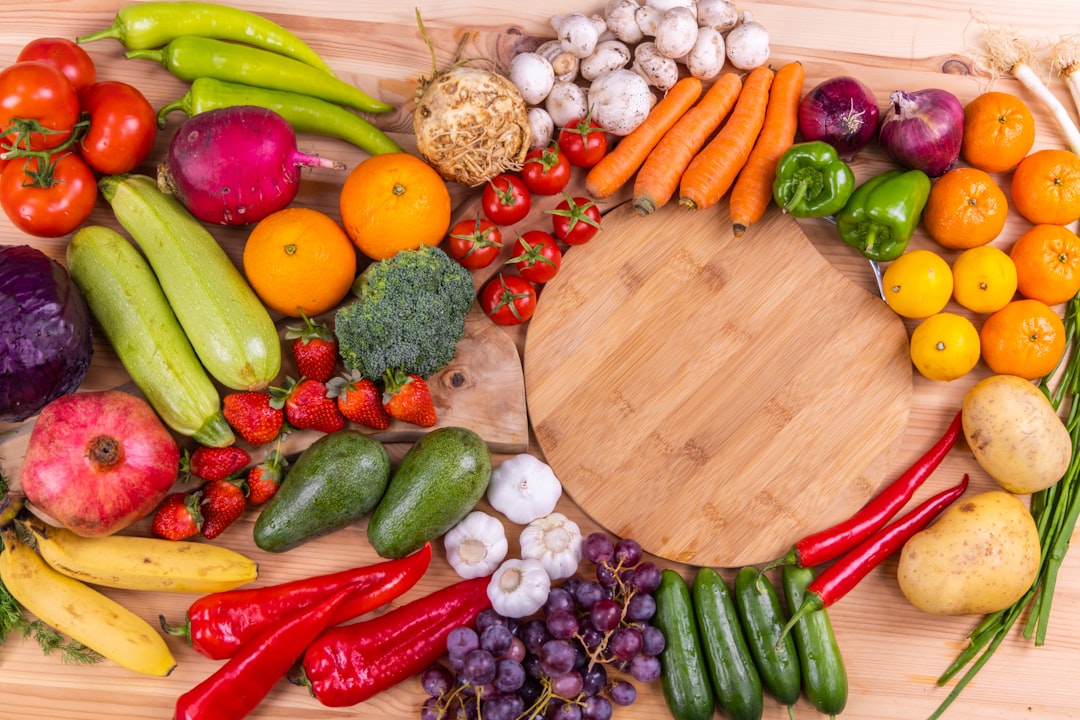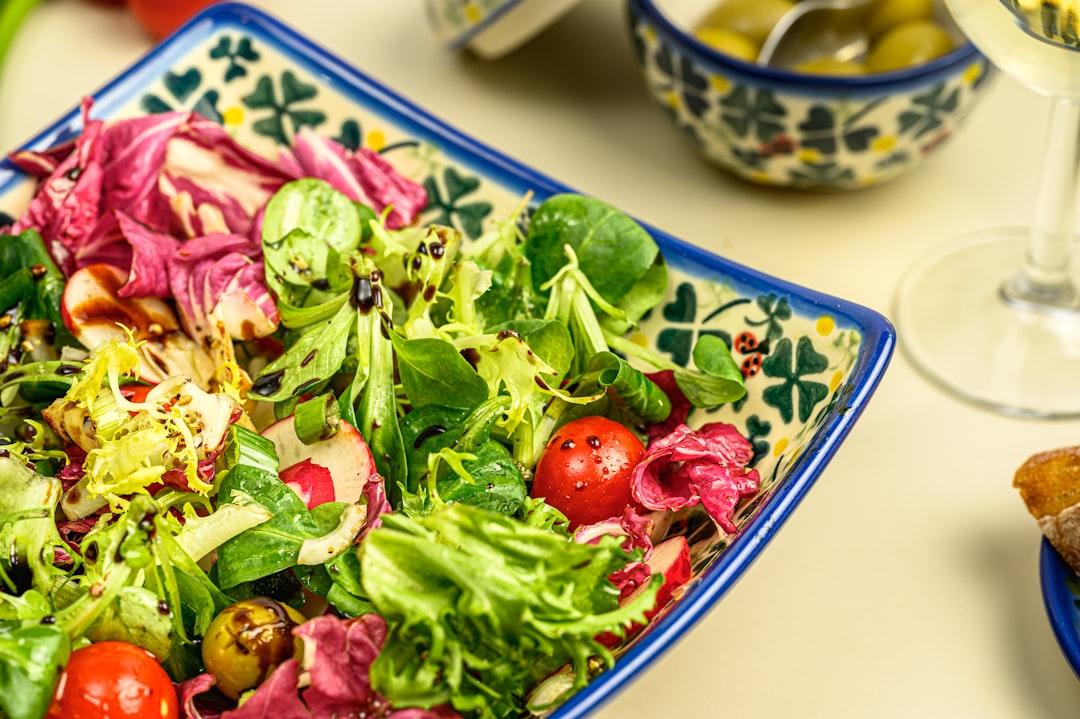In the quest for a healthier lifestyle, low-calorie foods have emerged as a cornerstone of many dietary strategies. These foods are not only beneficial for weight management but also play a crucial role in promoting overall health. Low-calorie foods are typically nutrient-dense, meaning they provide essential vitamins and minerals without excessive calories.
This makes them an ideal choice for individuals looking to maintain or lose weight while ensuring they receive adequate nutrition. The concept of low-calorie eating is not merely about restriction; it is about making informed choices that enhance well-being. The appeal of low-calorie foods extends beyond their caloric content.
They often come packed with fiber, antioxidants, and other beneficial compounds that contribute to better health outcomes. For instance, many low-calorie foods can help reduce the risk of chronic diseases such as heart disease, diabetes, and certain cancers. As more people become aware of the importance of nutrition in their daily lives, the demand for low-calorie options continues to rise, leading to a greater variety of products available in grocery stores and restaurants alike.
Key Takeaways
- Low calorie foods are a great option for those looking to maintain a healthy weight and lifestyle.
- Fruits and vegetables are natural low calorie options that are packed with essential vitamins and minerals.
- Lean proteins provide a satisfying and low calorie option for those looking to increase their protein intake.
- Whole grains offer a nutritious and low calorie alternative to refined grains.
- Dairy and dairy alternatives are low calorie choices that provide essential calcium for bone health.
Fruits and Vegetables: Nature’s Low Calorie Delights
Nutrient-Dense and Low in Calories
These natural wonders are not only low in calories but also rich in essential nutrients such as vitamins A and C, potassium, and dietary fiber. For instance, a cup of raw spinach contains only about seven calories while providing a wealth of nutrients that support eye health and immune function.
Promoting Satiety and Digestive Health
The fiber content in fruits and vegetables plays a significant role in promoting satiety. Foods like apples and carrots can help curb hunger while delivering vital nutrients. Moreover, the act of chewing fibrous foods also promotes digestive health, as fiber aids in regular bowel movements and can help prevent constipation.
A Rainbow of Nutrients
Incorporating a variety of colorful fruits and vegetables into meals not only enhances flavor but also ensures a broad spectrum of nutrients, making them an indispensable part of any low-calorie diet.
Lean Proteins: Satisfying and Low in Calories

Lean proteins are another essential component of a low-calorie diet, providing the necessary building blocks for muscle repair and growth without excessive calories. Options such as chicken breast, turkey, fish, and legumes are excellent choices that deliver high protein content with lower fat levels. For instance, a 3-ounce serving of skinless chicken breast contains approximately 140 calories and 26 grams of protein, making it an ideal option for those looking to maintain muscle mass while managing their weight.
In addition to traditional sources of lean protein, plant-based options like lentils and chickpeas offer a nutritious alternative that is both satisfying and low in calories. A cup of cooked lentils contains around 230 calories but provides an impressive 18 grams of protein along with significant amounts of fiber and iron. This makes legumes not only a great choice for vegetarians and vegans but also an excellent addition to any diet focused on reducing caloric intake while maximizing nutritional value.
Whole Grains: Nutritious and Low Calorie Options
| Whole Grain | Calories per 100g | Protein (g) per 100g | Fiber (g) per 100g |
|---|---|---|---|
| Quinoa | 120 | 4.1 | 2.8 |
| Brown Rice | 111 | 2.6 | 1.8 |
| Whole Wheat Pasta | 124 | 5.5 | 6.3 |
| Barley | 123 | 2.3 | 3.0 |
Whole grains are often overlooked in discussions about low-calorie foods, yet they can be incredibly beneficial when incorporated wisely into a diet. Unlike refined grains, whole grains retain their bran and germ layers, which are rich in fiber, vitamins, and minerals. Foods such as quinoa, brown rice, and whole wheat bread provide complex carbohydrates that fuel the body while keeping calorie counts relatively low.
For example, one cup of cooked quinoa contains about 220 calories but offers 8 grams of protein and 5 grams of fiber. The fiber found in whole grains is particularly important for digestive health and can help regulate blood sugar levels. This slow release of energy can prevent spikes in hunger and promote sustained energy throughout the day.
Additionally, whole grains have been linked to a lower risk of heart disease and improved metabolic health. By choosing whole grains over their refined counterparts, individuals can enjoy satisfying meals that contribute to their overall health without significantly increasing their caloric intake.
Dairy and Dairy Alternatives: Low Calorie Choices for Calcium
Dairy products and their alternatives are vital sources of calcium and other essential nutrients like vitamin D and protein. Low-fat or non-fat dairy options such as yogurt, milk, and cheese can provide these nutrients without excessive calories. For instance, a cup of non-fat Greek yogurt contains around 100 calories while delivering an impressive 20 grams of protein.
This makes it an excellent choice for those looking to increase their protein intake without adding too many calories. For those who are lactose intolerant or prefer plant-based diets, there are numerous dairy alternatives available that are also low in calories. Almond milk, for example, typically contains only 30-40 calories per cup compared to whole milk’s 150 calories.
Many brands fortify their plant-based milks with calcium and vitamin D to mimic the nutritional profile of dairy products. Additionally, options like coconut yogurt or soy-based cheeses can provide variety while still aligning with a low-calorie dietary approach.
Healthy Fats: Low Calorie Options for Flavor and Nutrition

The Benefits of Healthy Fats
Foods such as avocados, nuts, seeds, and olive oil contain monounsaturated and polyunsaturated fats that are beneficial for heart health. For example, a tablespoon of olive oil has about 120 calories but is rich in antioxidants and has been shown to reduce inflammation.
Improved Vitamin Absorption
Incorporating healthy fats into meals can also improve the absorption of fat-soluble vitamins like A, D, E, and K found in many fruits and vegetables. A salad drizzled with olive oil not only adds flavor but also helps the body absorb the nutrients from the greens more effectively.
Incorporating Healthy Fats into Your Diet
Additionally, nuts like almonds or walnuts can be enjoyed as snacks or added to dishes for a satisfying crunch while providing healthy fats that promote satiety.
Low Calorie Snack Ideas for Healthy Eating
Snacking can often derail healthy eating habits if one is not mindful of choices made between meals. However, there are numerous low-calorie snack options that can satisfy cravings without compromising dietary goals. Fresh fruits such as berries or apple slices paired with a small amount of nut butter provide a sweet yet nutritious option that is both filling and delicious.
A handful of baby carrots or cucumber slices with hummus offers a crunchy alternative that is rich in fiber and flavor. Another great option is air-popped popcorn seasoned with herbs or spices instead of butter or oil. Popcorn is naturally low in calories when prepared without added fats; three cups of air-popped popcorn contain approximately 90 calories while providing fiber that aids digestion.
Greek yogurt with a sprinkle of cinnamon or a few dark chocolate chips can also serve as a satisfying treat that balances sweetness with protein content.
Tips for Incorporating Low Calorie Foods into Your Diet
Incorporating low-calorie foods into your daily routine can be both enjoyable and rewarding with the right strategies in place. One effective approach is to plan meals around fruits and vegetables by filling half your plate with these nutrient-dense options at every meal. This not only helps control calorie intake but also ensures you receive a variety of vitamins and minerals essential for health.
Another useful tip is to experiment with cooking methods that enhance flavor without adding extra calories. Grilling, steaming, or roasting vegetables can bring out their natural sweetness while keeping them low in calories. Additionally, using herbs and spices instead of high-calorie sauces or dressings can elevate the taste of dishes without significantly increasing caloric content.
Keeping healthy snacks readily available can also prevent impulsive eating choices when hunger strikes between meals. By being mindful of portion sizes and making conscious choices about food selection, individuals can successfully integrate low-calorie foods into their diets while enjoying flavorful meals that support their health goals.



